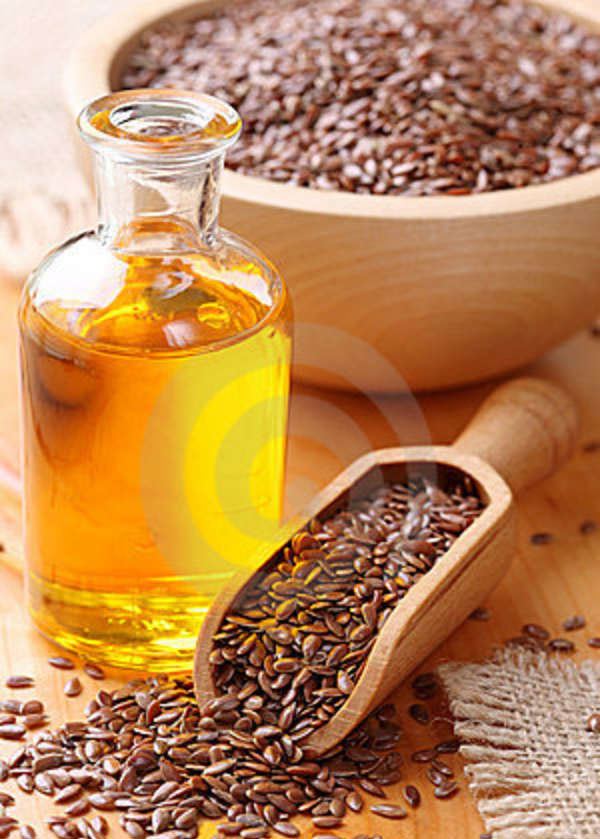 | ||
Similar Flax, Sunflower oil, Colza oil, Walnut oil, Vegetable oil | ||
Making linseed oil a process
Linseed oil, also known as flaxseed oil, is a colourless to yellowish oil obtained from the dried, ripened seeds of the flax plant (Linum usitatissimum). The oil is obtained by pressing, sometimes followed by solvent extraction. Linseed oil is a drying oil, meaning it can polymerize into a solid form. Due to its polymer-forming properties, linseed oil can be used on its own or blended with combinations of other oils, resins or solvents as an impregnator, drying oil finish or varnish in wood finishing, as a pigment binder in oil paints, as a plasticizer and hardener in putty, and in the manufacture of linoleum. Linseed oil use has declined over the past several decades with increased availability of synthetic alkyd resins—which function similarly but resist yellowing.
Contents
- Making linseed oil a process
- What is linseed oil rich in omega 3
- Chemical aspects
- Uses
- Paint binder
- Putty
- Wood finish
- Gilding
- Linoleum
- Nutritional supplement and food
- Nutrient content
- Additional uses
- Stand oil
- Boiled linseed oil
- Spontaneous combustion
- References
Linseed oil is an edible oil in demand as a nutritional supplement, as a source of α-Linolenic acid, (an omega-3 fatty acid). In parts of Europe, it is traditionally eaten with potatoes and quark. It is regarded as a delicacy due to its hearty taste, that enhances the flavour of quark, which is otherwise bland.
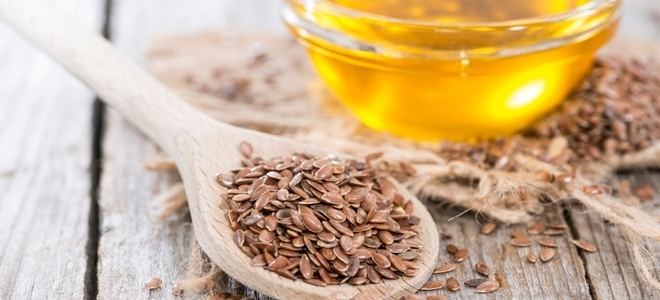
What is linseed oil rich in omega 3
Chemical aspects
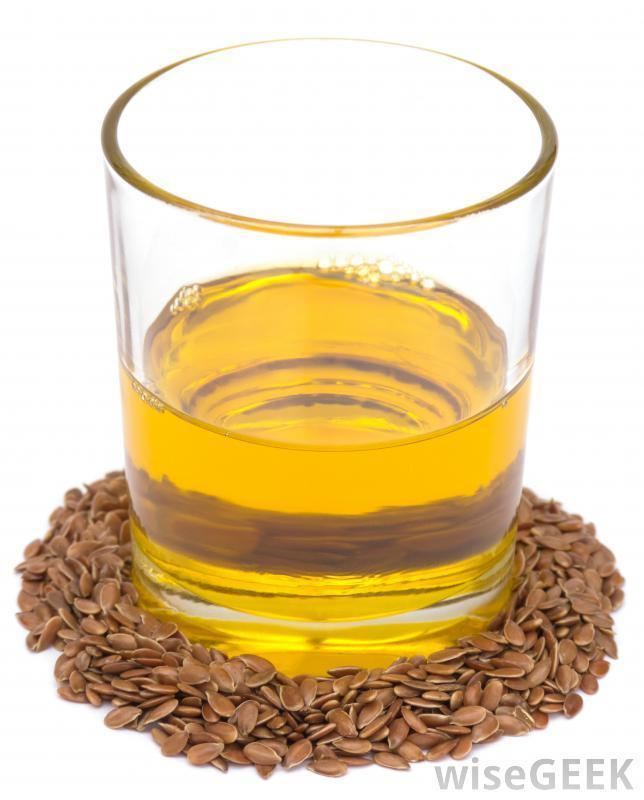
Linseed oil is a triglyceride, like other fats. Linseed oil is distinctive for its unusually large amount of α-linolenic acid, which has a distinctive reaction with oxygen in air. Specifically, the fatty acids in a typical linseed oil are of the following types:
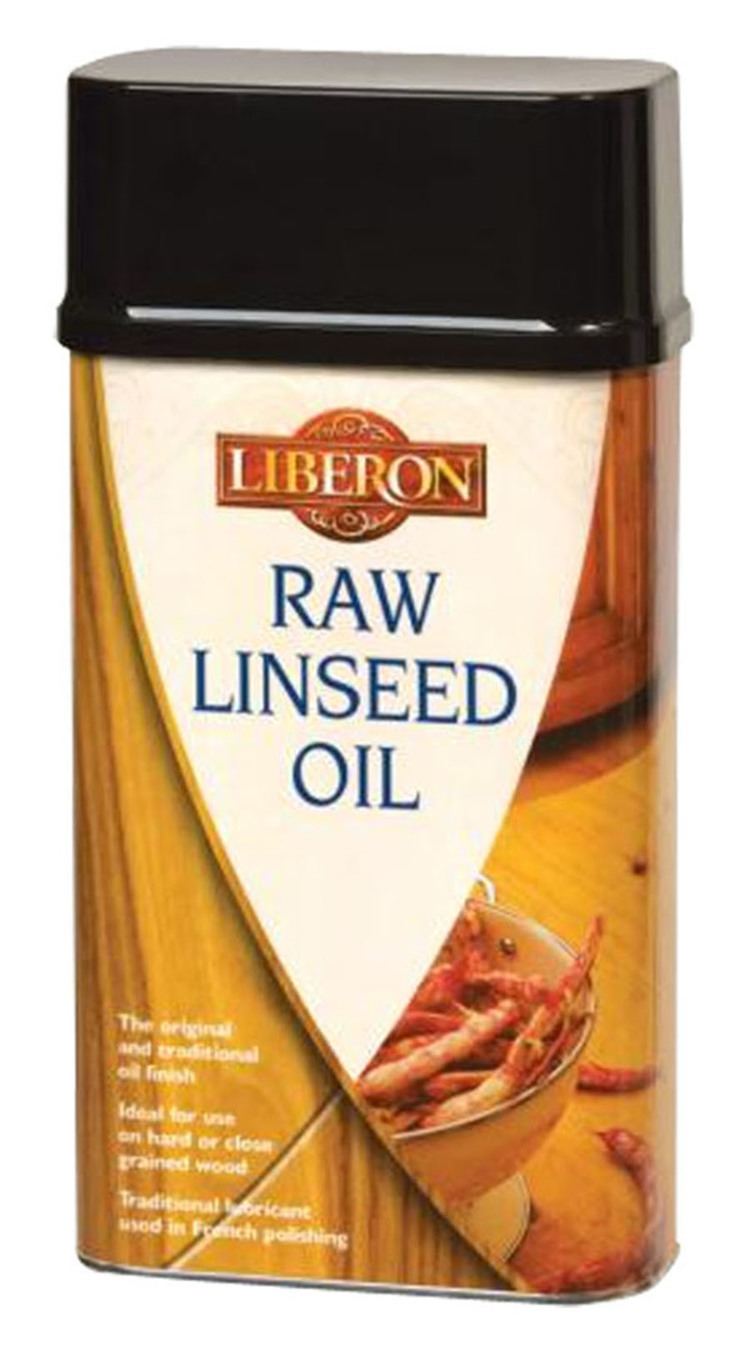

Having a high content of di- and triunsaturated esters, linseed oil is particularly susceptible to polymerization reactions upon exposure to oxygen in air. This polymerization, which is called drying, results in the rigidification of the material. The drying process can be so exothermic as to pose a fire hazard under certain circumstances. To prevent premature drying, linseed oil-based products (oil paints, putty) should be stored in air-tight containers.
Like some other drying oils, linseed oil exhibits fluorescence under UV light after degradation.
Uses

Most applications of linseed oil exploit its drying properties, i.e., the initial material is liquid or at least pliable and the aged material is rigid but not brittle. The water-repelling (hydrophobic) nature of the resulting hydrocarbon-based material is advantageous.
Paint binder
Linseed oil is a common carrier used in oil paint. It can also be used as a painting medium, making oil paints more fluid, transparent and glossy. It is available in varieties such as cold pressed, alkali refined, sun bleached, sun thickened, and polymerised (stand oil). The introduction of linseed oil was a significant advance in the technology of oil painting.
Putty
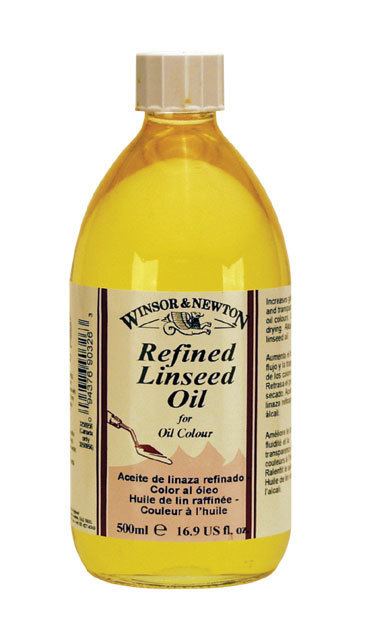
Traditional glazing putty, consisting of a paste of chalk powder and linseed oil, is a sealant for glass windows that hardens within a few weeks of application and can then be painted over. The utility of putty is owed to the drying properties of linseed oil.
Wood finish
When used as a wood finish, linseed oil dries slowly and shrinks little upon hardening. Linseed oil does not cover the surface as varnish does, but soaks into the (visible and microscopic) pores, leaving a shiny but not glossy surface that shows off the grain of the wood. A linseed oil finish is easily repaired, but it provides no significant barrier against scratching. Only wax finishes are less protective. Liquid water penetrates a linseed oil finish in mere minutes, and water vapour bypasses it almost completely. Garden furniture treated with linseed oil may develop mildew. Oiled wood may be yellowish and is likely to darken with age. Because it fills the pores, linseed oil partially protects wood from denting by compression.
Linseed oil is a traditional finish for gun stocks, though very fine finish may require months to obtain. Several coats of linseed oil is the traditional protective coating for the raw willow wood of cricket bats; it is used so that the wood retains some moisture. New cricket bats are coated with linseed oil and knocked-in to perfection so they last longer. Linseed oil is also often used by billiards or pool cue-makers for cue shafts, as a lubricant/protectant for wooden recorders, and used in place of epoxy to seal modern wooden surfboards. Additionally, a luthier may use linseed oil when reconditioning a guitar, mandolin, or other stringed instrument's fret board; lemon-scented mineral oil is commonly used for cleaning, then a light amount of linseed oil (or other drying oil) is applied to protect it from grime that might otherwise result in accelerated deterioration of the wood.
Gilding
Boiled linseed oil is used as sizing in traditional oil gilding to adhere sheets of gold leaf to a substrate (parchment, canvas, Armenian bole, etc.) It has a much longer working time than water-based size and gives a firm smooth surface which is adhesive enough in the first 12–24 hours after application to cause the gold to attach firmly to the intended surface.
Linoleum
Linseed oil is used to bind wood dust, cork particles, and related materials in the manufacture of the floor covering linoleum. After its invention in 1860 by Frederick Walton, linoleum, or 'lino' for short, was a common form of domestic and industrial floor covering from the 1870s until the 1970s when it was largely replaced by PVC ('vinyl') floor coverings. However, since the 1990s, linoleum is on the rise again, being considered more environmentally sound than PVC. Linoleum has given its name to the printmaking technique linocut, in which a relief design is cut into the smooth surface and then inked and used to print an image. The results are similar to those obtained by woodcut printing.
Nutritional supplement and food
Flax seed oil is easily oxidized, and rapidly becomes rancid, with an unpleasant odour, unless refrigerated. Even when kept under cool conditions, it has a shelf life of only a few weeks. Oil with an unpleasant or rancid odor should be discarded. Oxidation of flax seed oil is a major commercial concern, and antioxidants may be added to prevent rancidification. Linseed oil is not generally recommended for use in cooking, yet one study does show that the alpha linolenic acid (ALA) while bound in flaxseed was found to be stable for cooking. When bound to flaxseed ALA can withstand temperatures up to 350 degrees F (176.67 C) for two hours.
Food-grade flaxseed oil is cold-pressed, obtained without solvent extraction, in the absence of oxygen, and marketed as edible flaxseed oil. Fresh, refrigerated and unprocessed, linseed oil is used as a nutritional supplement and is a traditional European ethnic food, highly regarded for its hearty taste. It contains the highest level of the omega-3 fatty acid ALA among vegetable oils. Regular flaxseed oil contains between 52% and 63% ALA (C18:3 n-3). Plant breeders have developed flaxseed with both higher ALA (70%) and very low ALA content (< 3%). The USFDA granted generally recognized as safe (GRAS) status for high alpha linolenic flaxseed oil.
Nutrient content
Nutrition information from the Flax Council of Canada.
Per 1 tbsp (14 g)
Flax seed oil contains no significant amounts of protein, carbohydrates or fibre.
Additional uses
Stand oil
Stand oil is generated by heating linseed oil near 300 °C for a few days in the complete absence of air. Under these conditions, the polyunsaturated fatty esters convert to conjugated dienes, which then undergo Diels-Alder reactions, leading to crosslinking. The product, which is highly viscous, gives highly uniform coatings that "dry" to more elastic coatings than linseed oil itself. Soybean oil can be treated similarly, but converts more slowly. On the other hand, tung oil converts very quickly, being complete in minutes at 260 °C. Coatings prepared from stand oils are less prone to yellowing than are coatings derived from the parent oils.
Boiled linseed oil
Today, "boiled linseed oil" refers to a combination of raw linseed oil, stand oil (see above), and metallic dryers (catalysts to accelerate drying). In Medieval times, linseed oil was boiled with lead oxide (litharge) to give a product called boiled linseed oil. The lead oxide forms lead "soaps" (lead oxide is alkaline) which promotes hardening (polymerisation) of linseed oil by reaction with atmospheric oxygen. Heating shortens its drying time.
Spontaneous combustion
Rags soaked with linseed oil stored in a pile are considered a fire hazard because they provide a large surface area for oxidation of the oil, and the oil oxidises quickly. The oxidation of linseed oil is an exothermic reaction, which accelerates as the temperature of the rags increases. When heat accumulation exceeds the rate of heat dissipation into the environment, the temperature increases and may eventually become hot enough to make the rags spontaneously combust.
In 1991, One Meridian Plaza, a high rise in Philadelphia, was severely damaged and three firefighters perished in a fire thought to be caused by linseed oil-soaked rags.
